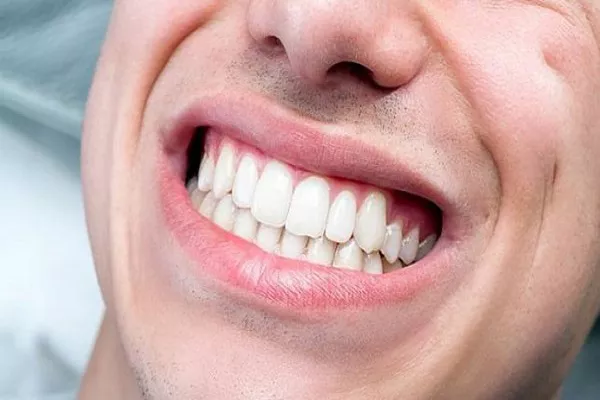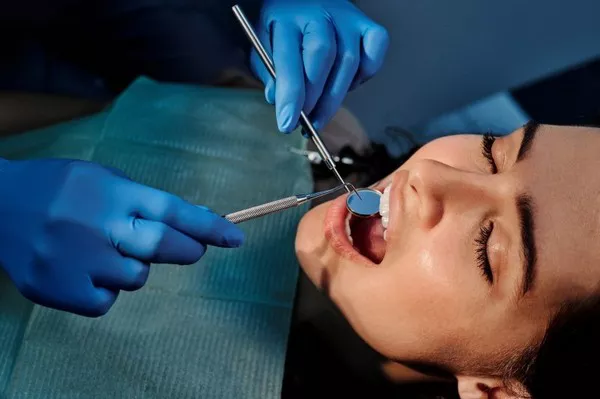Teeth whitening has become increasingly popular as people seek to achieve brighter, more youthful smiles. With numerous options available, it can be challenging to determine the most effective and safest method for whitening teeth. In this comprehensive guide, we’ll explore various techniques for bleaching teeth, discuss their pros and cons, highlight important considerations, and provide tips for achieving optimal results.
Understanding Teeth Bleaching
Teeth bleaching is a cosmetic dental procedure that involves lightening the color of teeth to remove stains and discoloration. It typically involves the use of bleaching agents such as hydrogen peroxide or carbamide peroxide to break down stains and whiten the enamel.
Different Methods for Bleaching Teeth
Professional In-Office Whitening
Procedure: In-office whitening treatments are performed by a dentist and involve the application of a high-concentration bleaching gel to the teeth. A special light or laser may be used to activate the gel and enhance the whitening process.
Pros:
Quick and convenient
Customized treatment tailored to individual needs
Immediate results
Cons:
Higher cost compared to at-home methods
Potential for tooth sensitivity or gum irritation
At-Home Whitening Kits
Procedure: At-home whitening kits typically contain a lower-concentration bleaching gel that is applied to the teeth using custom-fitted trays or disposable strips. Treatment duration and frequency vary depending on the product.
Pros:
More affordable than in-office treatments
Convenience of whitening at home
Gradual whitening over time
Cons:
Results may take longer to achieve
Less supervision from dental professionals
Increased risk of misuse or overuse
Whitening Toothpaste and Mouthwash
Procedure: Whitening toothpaste and mouthwash contain mild abrasives and chemical agents that help remove surface stains and brighten the teeth with regular use.
Pros:
Easy to incorporate into daily oral hygiene routine
Affordable option for maintaining whitened teeth
Cons:
Limited effectiveness for deep or intrinsic stains
Results may take longer to notice
Natural Remedies
Procedure: Some people opt for natural remedies such as baking soda, activated charcoal, or oil pulling to whiten their teeth. These methods involve using household ingredients or oils to scrub or rinse the teeth.
Pros:
Natural and chemical-free alternatives
Cost-effective
Cons:
Limited scientific evidence supporting efficacy
Potential for enamel erosion or gum irritation
Important Considerations for Teeth Bleaching
Overall Dental Health: It’s essential to have a healthy mouth and gums before undergoing any teeth whitening treatment. Cavities, gum disease, or other dental issues should be addressed first to ensure optimal results and minimize complications.
Consultation with a Dentist: Before starting any whitening regimen, it’s advisable to consult with a dentist to assess oral health, discuss treatment options, and receive personalized recommendations based on individual needs and goals.
Sensitivity and Side Effects: Tooth sensitivity and gum irritation are common side effects of teeth whitening. Choosing the appropriate method and concentration of bleaching agents can help minimize discomfort and adverse reactions.
Tips for Achieving Optimal Results
Follow Instructions Carefully: Whether using professional treatments or at-home kits, it’s essential to follow the instructions provided by the dentist or manufacturer to ensure safe and effective whitening.
Practice Good Oral Hygiene: Maintaining a regular oral hygiene routine, including brushing, flossing, and regular dental check-ups, can help preserve the results of teeth whitening treatments and prevent new stains from forming.
Limit Staining Foods and Beverages: Avoiding or minimizing consumption of staining foods and beverages such as coffee, tea, and red wine can help prolong the effects of teeth whitening and preserve a brighter smile.
Conclusion
In conclusion, the best way to bleach your teeth depends on individual preferences, budget, and oral health considerations. Professional in-office whitening treatments offer quick and dramatic results but come with a higher cost and potential for sensitivity. At-home whitening kits provide a more affordable option for gradual whitening, while whitening toothpaste and natural remedies offer convenience and natural alternatives.
Ultimately, consulting with a dentist is essential for determining the most suitable whitening method and ensuring safe and effective treatment. By following proper oral hygiene practices, adhering to treatment instructions, and making informed choices, individuals can achieve a brighter, more confident smile that enhances their overall appearance and self-esteem.
Does Brushing With Peroxide Whiten Teeth
What Mouthwash Is Best For Whitening Teeth
Will Teeth Whitening Damage My Teeth






























